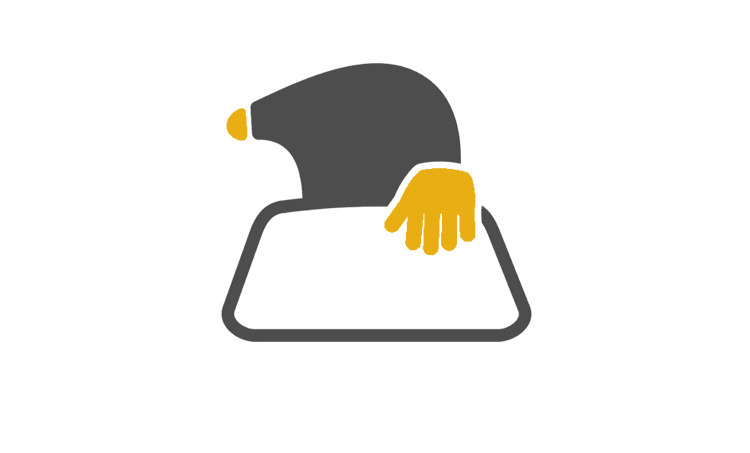Last Updated on: 3rd February 2025, 01:14 pm
If your company is falling behind on its repayments to creditors, whether that’s for business rates, overdue loan repayments, or a single bad debt, it might be tempting to take out a business loan to cover that deficit.
While loans can provide fast access to cash, they ultimately mean more debt, and the associated – often high, interest rates can leave your company in a worse state in the long run.
Rather than pushing the problem further down the road, there are more effective ways to tackle it, potentially giving your company a brighter future.
Contact your company’s creditors
While this might feel like an embarrassing admission of defeat, informing your creditors that you’re struggling to repay their debts can retain the relationship better than if your company was to default on them. They may be more understanding if you notify them in advance and could even be prepared to renegotiate your repayment terms or come to an informal arrangement to make the payments more affordable.
Speak to a licensed insolvency practitioner
If it’s not possible to rearrange your repayment terms, your creditors are unwilling to do so, or your debts are at a level where they risk the company’s solvent position, you should speak to a licensed insolvency practitioner. These licensed and regulated professionals can advise you on the best formal agreement for your company.
Repay in affordable instalments
If your company has a viable business model but its debts are hindering its chances of succeeding, you could potentially put it into a Company Voluntary Arrangement (CVA). This would involve your company repaying a portion of its unsecured debts at a monthly rate tailored to what it can afford. A CVA allows your company to continue trading for the arrangement’s duration, retaining its market presence and customer base. The arrangement typically lasts five years, and once concluded, any unsecured debt remaining in the company is written off.
Restructuring the company
If the company’s issues are more deep-seated and would require more substantial restructuring to return it to a profitable state, then putting it into administration could be a better option.
During administration, an insolvency practitioner reviews the company’s and directors’ actions leading up to and during the period of insolvency. They may make changes they deem necessary to return the company to a profitable state, which could potentially include selling off its unprofitable sectors with the proceeds distributed between creditors.
The insolvency practitioner may suggest administration if it’s possible to rescue the company as a going concern or if it would achieve more than through liquidation. Administration is a temporary solution and is often followed by another insolvency process.
Close the company in an orderly manner
Sometimes, the company’s debts can be at such a high level that recovery isn’t a suitable option. In this case, closing through voluntary liquidation could be the best outcome and more desirable than having the company forced into compulsory liquidation.
A Creditors Voluntary Liquidation (CVL) sees the company closed with its assets realised, and the proceeds going on a pro-rata basis to its creditors. All staff are made redundant, and a line is drawn under the debts. If you’ve acted in the company’s best interests in the lead up to and during the insolvent period, then you, as director, can move forward and start a new company should you wish to.
Summary
Business loans can seem a tempting and deceivingly fast way out of debt, but their high interest rates can leave the company in a worse situation in the long run.
If your company is insolvent and you’re unable to settle the matter through negotiations with your creditors, your best course of action would be to take advice from a licensed and regulated insolvency practitioner. They can advise you on the best way forward for your company. Depending on your circumstances, that could involve repaying in affordable instalments, restructuring the company back to a profitable state, or closing through a voluntary liquidation.









